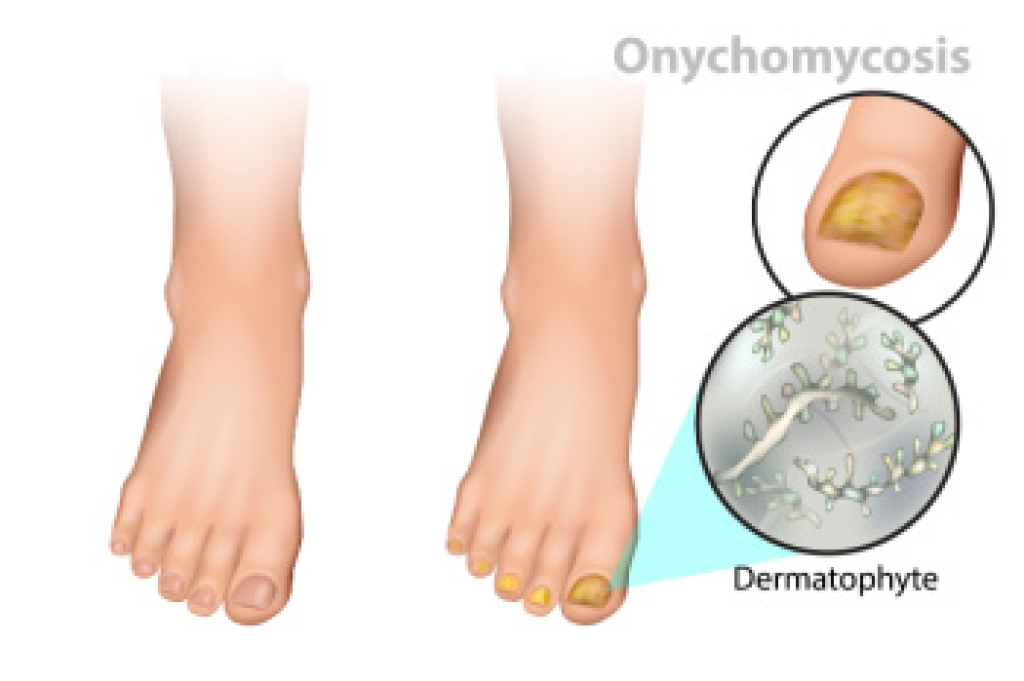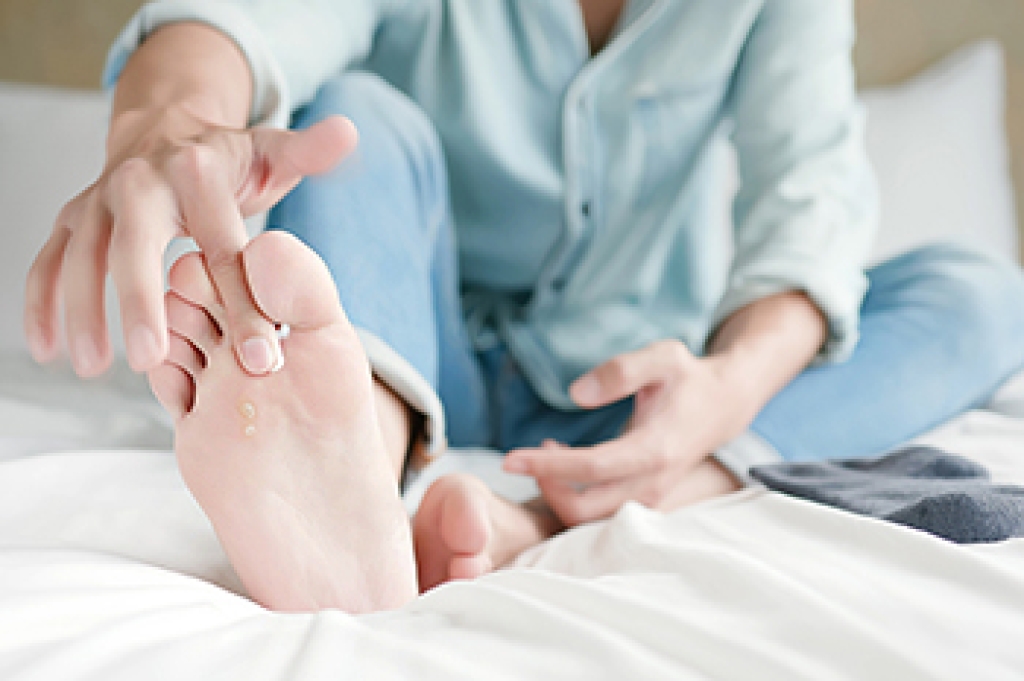
Toenail fungus, also called onychomycosis, is a disorder that affects the nail plate and can slowly spread if untreated. It often begins as white, yellow, or black spots on the toenail that gradually thicken, discolor, and distort the nail. This condition thrives in warm and moist environments, making prevention an important part of foot care. Helpful habits include trimming toenails straight across, discarding old shoes that may contain fungal spores, and wearing protective footwear in pool areas and shared locker rooms. A podiatrist can confirm the diagnosis, provide targeted treatment, and guide long-term prevention to restore healthier nails. If you notice any of these symptoms on your toenails, it is suggested that you consult a podiatrist who can offer effective treatment solutions, which may include prescribed medication.
For more information about treatment, contact one of our podiatrists of Cleveland Foot & Ankle Clinic. Our doctors can provide the care you need to keep you pain-free and on your feet.
Toenail Fungus Treatment
Toenail fungus is a condition that affects many people and can be especially hard to get rid of. Fortunately, there are several methods to go about treating and avoiding it.
Antifungals & Deterrence
Oral antifungal medicine has been shown to be effective in many cases. It is important to consult with a podiatrist to determine the proper regiment for you, or potentially explore other options.
Applying foot powder on the feet and shoes helps keep the feet free of moisture and sweat.
Sandals or open toed shoes – Wearing these will allow air movement and help keep feet dry. They also expose your feet to light, which fungus cannot tolerate. Socks with moisture wicking material also help as well.
If you have any questions please contact our offices located in Cleveland, Independence, and Kent, OH . We offer the newest diagnostic and treatment technologies for all your foot and ankle needs.




